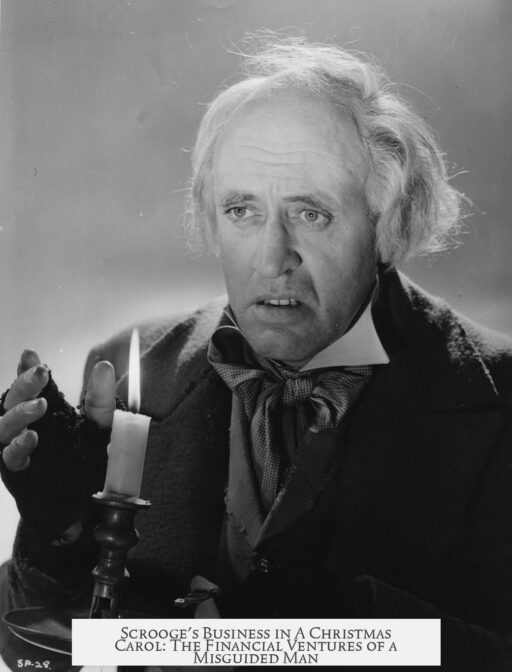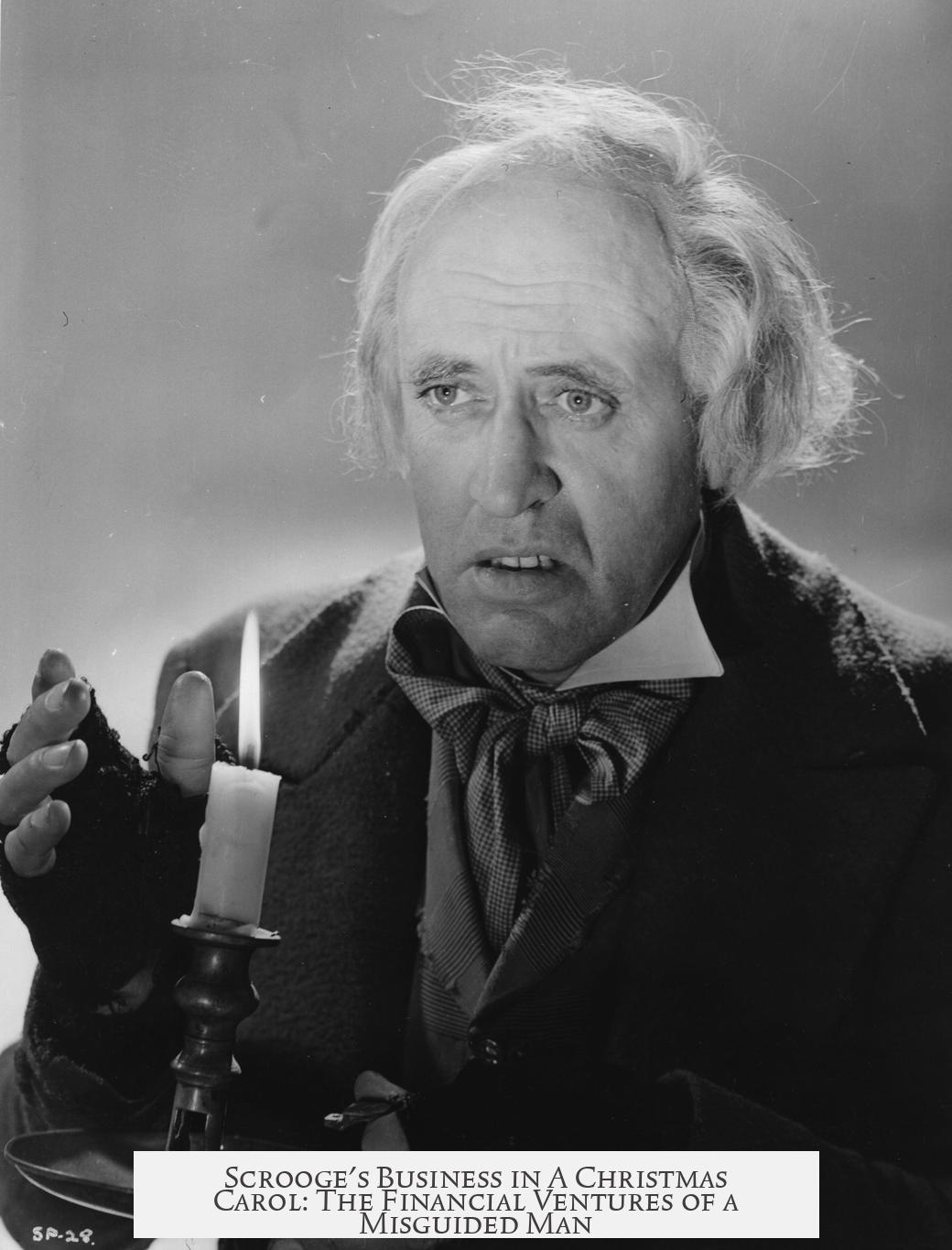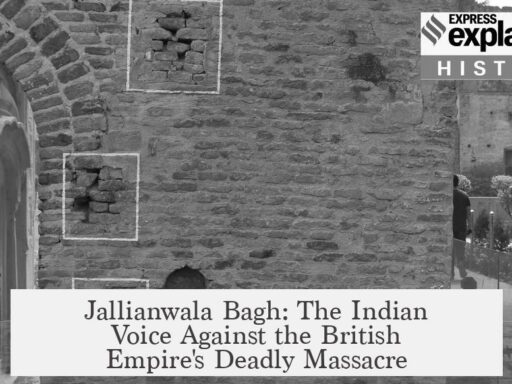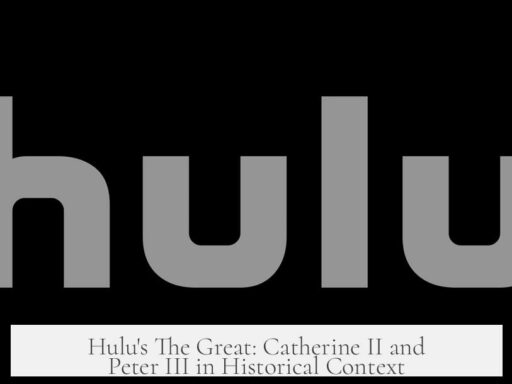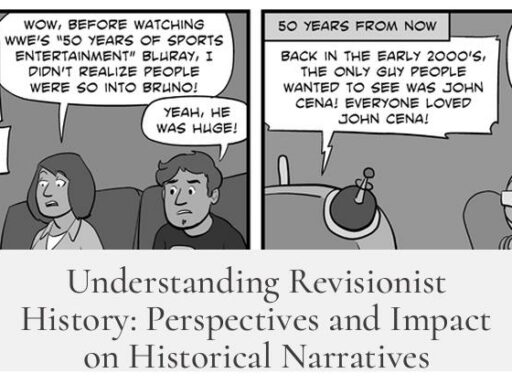Scrooge’s business in Dickens’ A Christmas Carol is not explicitly defined in the text, but evidence suggests he is engaged in money-related activities such as money-lending, banking, trading, or brokering.
Charles Dickens never specifies Scrooge’s exact occupation. Readers rely on contextual hints to understand his business. Scrooge employs Bob Cratchit as a clerk, performing bookkeeping and accounting tasks. This points to financial dealings rather than physical trade of goods.
The term “counting house,” frequently used to describe Scrooge’s office, clarifies his professional environment. Historically, a counting house is a commercial office where book-keeping, correspondence, and financial management take place. This aligns with a business focused on money rather than merchandise storage or manufacturing.
Interestingly, Dickens uses the word “warehouse” to describe Scrooge’s premises. Today, “warehouse” typically means storage for goods. However, in 19th-century London English, “warehouse” was a dignified synonym for a shop or office—particularly one conducting accounts or business transactions. This usage, although archaic now, matches the nature of Scrooge’s establishment as a counting house rather than a storage facility.
Overall, evidence suggests Scrooge runs a financial enterprise. His counting house focuses on monetary dealings and record-keeping. His business is likely a money-lending or brokerage firm, considering the role of his clerk and the terminology Dickens uses.
| Aspect | Details |
|---|---|
| Occupation | Money-lender, banker, trader, or broker (inferred) |
| Employee Role | Bob Cratchit handles bookkeeping and accounting |
| Office Term | Counting house (money-related commercial office) |
| Use of “Warehouse” | Dignified synonym for counting house; a 19th-century London usage |
- No direct textual statement of Scrooge’s occupation in the novel
- Context implies financial services or money management
- Counting house denotes bookkeeping and business correspondence
- “Warehouse” reflects period terminology for an accountant’s office
What kind of business did Scrooge run in A Christmas Carol?
Scrooge’s exact occupation isn’t directly stated in the text. Readers infer he worked as a money-lender, banker, trader, or broker based on context clues.
What was the role of Bob Cratchit in Scrooge’s business?
Bob Cratchit kept the books. He handled the bookkeeping and accounting for Scrooge’s money-related activities.
What does “counting house” mean in the context of Scrooge’s workplace?
A counting house was an office where bookkeeping and correspondence took place. It was the commercial space for managing financial records.
Why does Dickens use the word “warehouse” for Scrooge’s business?
In Dickens’ time, “warehouse” could mean a shop or office, especially in London English. It was a dignified synonym for “counting house.”
Did Scrooge sell goods in his business?
No direct evidence shows he sold merchandise. His business was centered on money and accounts, not retail or storage of goods.
